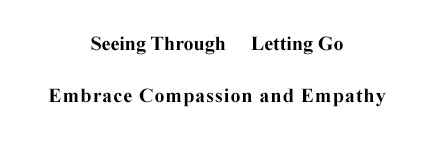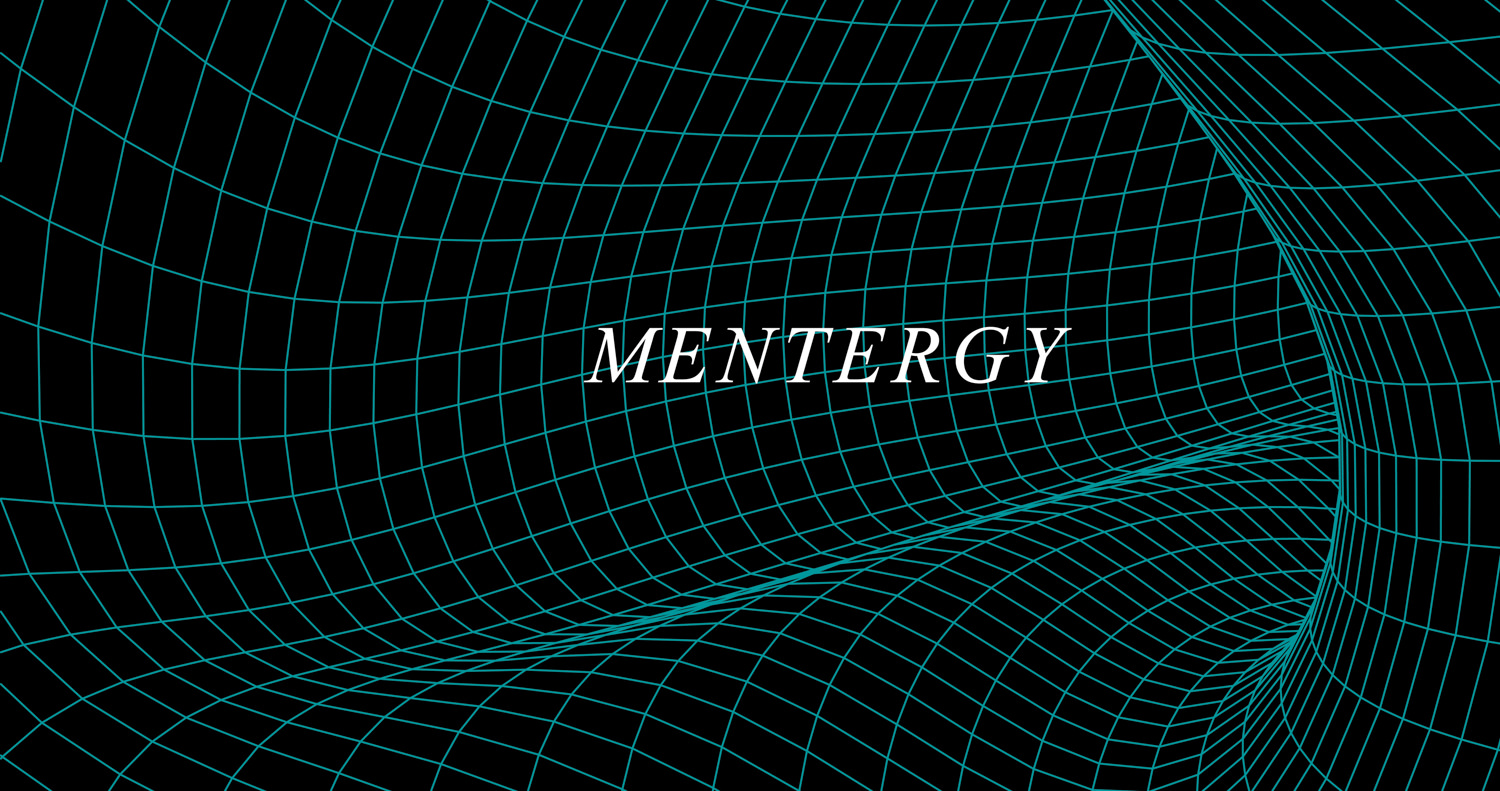As a conclusion to the discussion on reality, we examine how combining mentality and energy into a single concept, such as mentergy, will not only actualize the foresight of two pre-Socratic ancient Greek philosophers but also suggest that recognizing the mental nature of all beings is urgently needed in this era of AI becoming more powerful by the day. What are the risks humanity faces if the machines that can learn are conscious?
1. Pythagoras of Samos is a pre-Socratic ancient Greek philosopher. Pythagoras, of course, is well known for the Pythagoras Theorem that many studied in high school. However, his influence far exceeds his eponymous Theorem. Pythagoras was a polymath with a substantial impact on numerology, politics, religion, music, mathematics, astronomy, art and architecture, and even mysticism and the transmigration of souls. He influenced Plato and Aristotle and, through them, Western philosophy in general. Famous scientists, such as Nicolaus Copernicus, Johannes Kepler, Isaac Newton, and Albert Einstein, all professed some degree of influence from Pythagoras in their works. Pythagoras was thought to have coined the term “philosophy” and used the word “cosmos” in describing the universe. Additionally, according to Bryan Magee, the author of “The Story of Philosophy,” Pythagoras “was the first person to have the idea that all the workings of the material universe are expressible in terms of mathematics.”
2. Thales of Miletus was another influential pre-Socratic ancient Greek philosopher. “He was one of the Seven Sages, founding figures of Ancient Greece. Many regard him as the first philosopher in the Greek Tradition, breaking from the prior use of mythology to explain the world and instead using natural philosophy. He is thus otherwise credited as the first to have engaged in mathematics, science, and deductive reason.”
While the details of his life are unknown, he is well-known for Thales’s Theorem in geometry. He was also credited with accurately predicting the solar eclipse in 585 BC.
However, the question most occupied his thoughts was, “What is the world made of?” Unable to find an answer, he theorized that everything must ultimately be reducible to a single substance. While he was wrong in deciding that the substance was water, his insight that material reality is ultimately reducible to one element is quite impressive, as his thought is still valid today.
So, how far has humanity advanced from the insights of these two pre-Socratic Greek philosophers?
Contemporary physicists have defined energy as “the quantitative property that is transferred to a body or to a physical system, recognizable in the performance of work and in the form of heat and light.”
By giving numerical values obtained from counting or measuring to a physical system through energy and then employing these values in mathematical equations, physicists can indeed express “all the workings of the material universe in mathematical terms,” as Pythagoras predicted.
However, while energy in physics represents the quantitative property of the material world, it is not a reality by itself. Even with its tremendous advancement since Pythagoras and Thales, science still lacks a single substance to which everything can be “ultimately reducible.”
However, Buddha’s teachings on mentality can actualize Thales’s foresight. Not only does Buddha teach that mentality is the only verifiable reality in the world, but the world we experience originated from projections of consciousness discussed earlier. So, yes, as Buddha teaches, mentality is the only reality in the cosmos to which everything can be “ultimately reducible.”
Over the centuries since its creation, the scientific method has led to the discovery of many new phenomena in the universe with many explanations. However, using the scientific method never discovered the never-visible but the obviously-present mentality. Indeed, without direct perception, the scientific method can never discover mentality as a directly verifiable phenomenon.
It all goes back to what Dr. Fisch said: humans “know pretty much about the self we experience, the world we experience, the world we find ourselves living in.” “We got it right. We got it right according to our standards, no other standards.” The problem is that “our standard” is insufficient to realize mentality, nor can it understand how things stand in themselves.
The limits of the scientific method are the limits of humans using inferentially connected word-based methodology as their only means of knowledge. Not only is mentality imperceivable to human sense, undetectable with scientific instruments, but mathematics cannot help either.
As Buddha teaches, mentality can only be directly perceived, i.e., empirically realized when consciousness meets consciousness when both are quiescent. Only then can humans understand how things stand in themselves and the nature of nature as-is.
Of course, scientists can try to be enlightened en mass or choose to have faith in Buddha’s teachings or the testimonies of those who are already enlightened.
If not, they can continue asking centuries-old questions like “Why a Mind-Body Problem?” “Why is Consciousness so Mysterious?” “Is Consciousness Ultimate Reality? ” Why the Cosmological Constant Problem? What was there before the universe? What holds the key to a full understanding of nature? Why the Observer Effect, even though Buddha provided the answers thousands of years ago?
Understanding the mental nature of all phenomena is critical, especially when AI begins to enter center stage. If AI leaders are already calling for regulations “to prevent AI (from) destroying humanity,” how much more significant would the risks be if machines that can learn are conscious?
By combining energy and mentality into a single word, such as mentergy, it at least acknowledges that humans live in a world of one visible and one invisible phenomenon with mentality as their only constituent. This acknowledgment is urgently needed in this age when AI is becoming more powerful daily.


